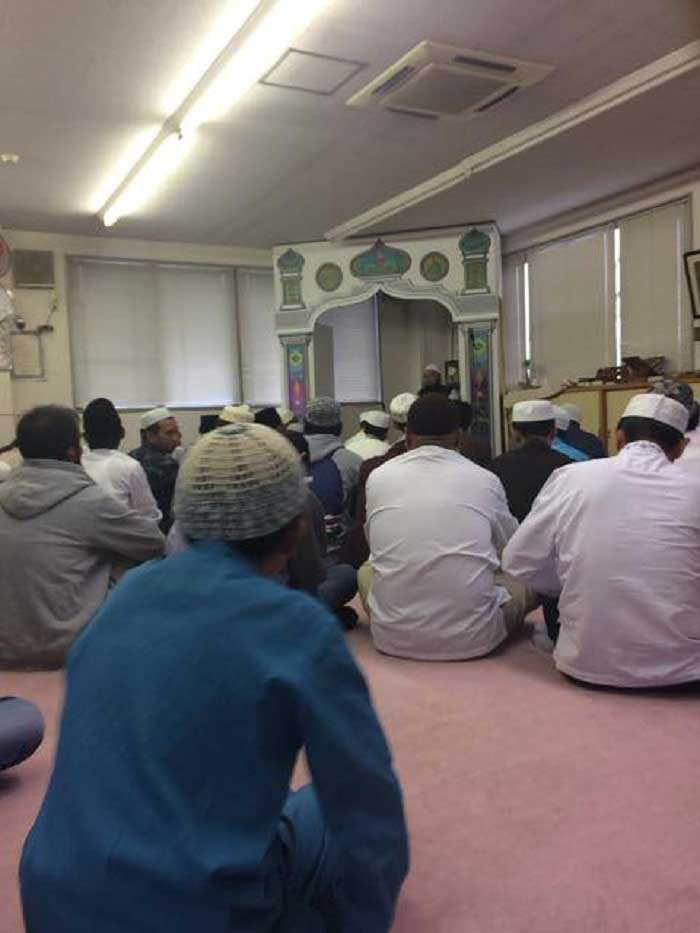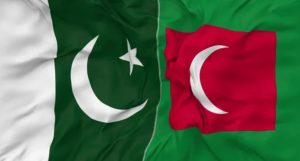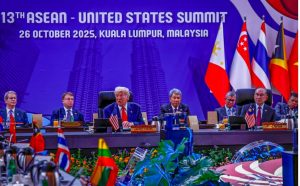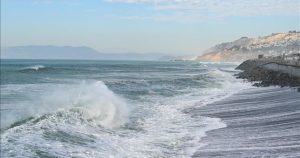Nagona, Japan, 12 Dzul hijjah 1435/6 October 2014 (MINA) – Japanese Muslims celebrated Eid Al-Adha in Masjid Bilal Nagona, Sasaki, Sunday.
“Eid prayer starts at 07.30 Japan time,” said Debby Febri Indra, one of the Indonesian students in Japan told Mi’raj Islamic News Agency (MINA).
Last year, Muslims who joined the Ied sermon came from various countries, including Pakistan, Iran, and Indonesia.
Indra said, there was no qurban (sacrifice) in the mosque because Muslims in Nagona got difficulty to find the goats or oxen. as well as the prices are expensive.
Also Read: At Least Nine Children and One Woman Killed in Pakistani Airstrike on Afghanistan
He said the preacher who become Imaam is a Pakistani.
The history of Islam in Japan is relatively brief in relation to the religion’s longstanding presence in other countries around the world.
There are isolated records of contact between Islam and Japan before the opening of the country in 1853; some Muslims did arrive in earlier centuries.
The earliest records of Japan can be found in the works of the Muslim cartographer Ibn Khordadbeh, clearly mentions Japan as the “lands of Waqwaq” twice: East of China are the lands of Waqwaq, which are so rich in gold that the inhabitants make the chains for their dogs and the collars for their monkeys of this metal. They manufacture tunics woven with gold. Excellent ebony wood is found there.” And again: “Gold and ebony are exported from Waqwaq.
During the 14th century there was contact between the Chinese Muslim (Hui people) Lan Yu (general) of the Ming dynasty and the sword-smiths of Japan. According to Chinese sources Lan Yu owned 10,000 Japanese swords.
Also Read: Pakistan Condemns Israeli Settler Attacks in West Bank, Al-Aqsa Storming
Among the first proper recorded contacts was when a Portuguese ship which sailed from Malacca in 1555 and among its passengers was an Arab who, had preached Islam to the people of Japan.
The first modern Muslim contacts were with Indonesians who served aboard British and Dutch ships in the late 19th century.
In the late 1870s, the life of Prophet Muhammad was translated into Japanese. This helped Islam spread and reach the Japanese people, but only as a part of the history of cultures.
Another important contact was made in 1890 when the Ottoman Empire dispatched a naval vessel to Japan for the purpose of saluting the visit of Japanese Prince Komatsu Akihito to Istanbul several years earlier. This frigate was called the Ertugrul, and was destroyed in a storm along the coast of Wakayama Prefecture on the evening of September 16, 1890. (L/P007/R03/P3)
Also Read: China Criticizes US-Drafted UN Gaza Resolution as Vague, Abstains from Vote
Mi’raj Islamic News Agency (MINA)
hollister deutschlan
air jordan outlet
jordan retro 6
prada outlet
prada shoes for men
toms outlet
mulberry sale
toms outlet
timberland uk
Also Read: Former Bangladesh PM Sheikh Hasina Sentenced to Death


































 Mina Indonesia
Mina Indonesia Mina Arabic
Mina Arabic